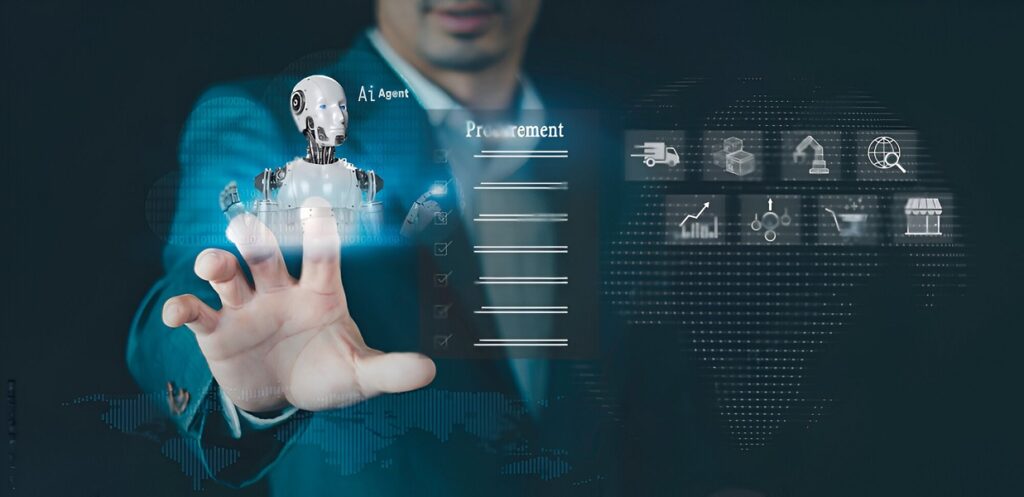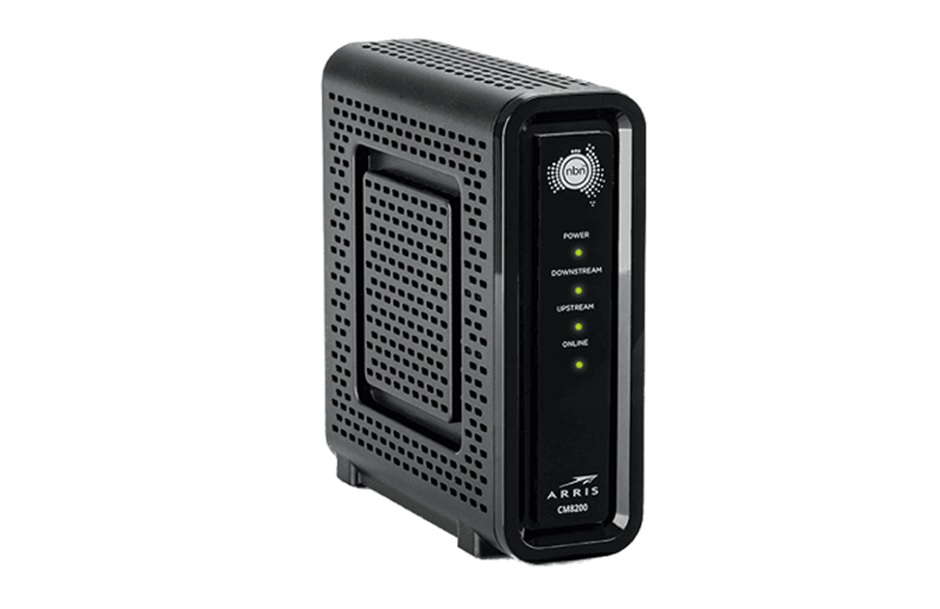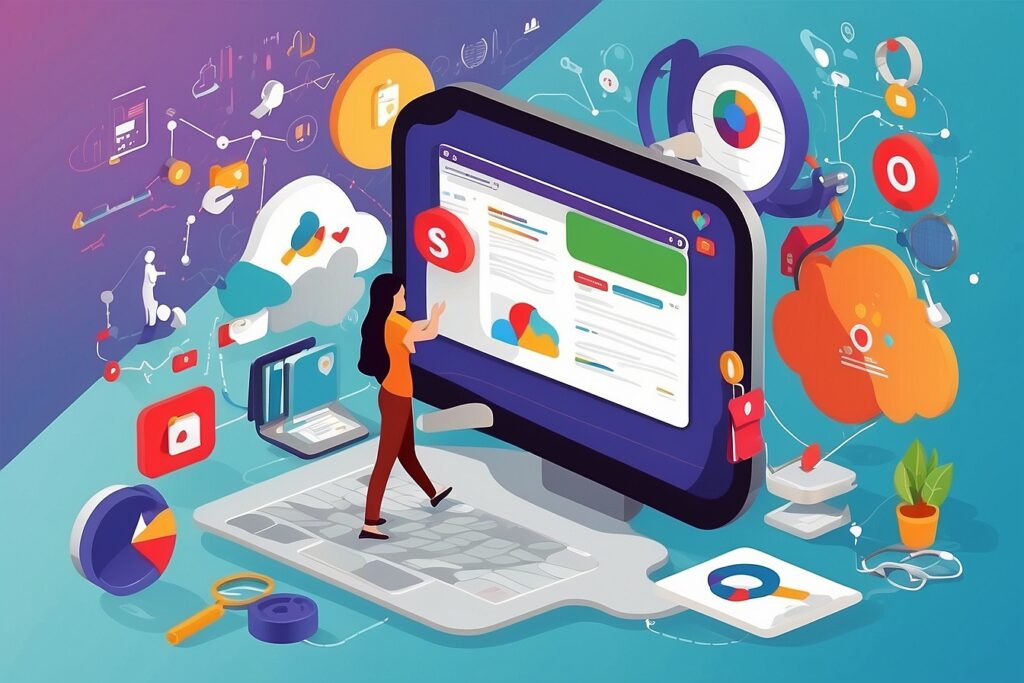
While many companies are still wrapping their heads around generative AI which is a new wave of innovation is already pushing further now known as Agentic AI. These next level systems aren’t just producing text or analyzing data they’re acting. They make decisions, take initiative, and autonomously carry out tasks that were once the domain of humans.
Key Takeaways:
- Agentic AI goes beyond prompts: Unlike traditional generative AI, Agentic AI operates independently by understanding goals and taking action without constant human input.
- Digital co-workers, not just tools: These systems behave more like autonomous collaborators, executing tasks, making decisions, and coordinating across departments.
- Already transforming industries: From retail to finance and manufacturing, Agentic AI is quietly optimizing operations, customer service, and risk management.
- It’s automation with autonomy: This tech doesn’t just do what it’s told—it thinks ahead, adapts, and acts, enabling smarter, leaner operations.
- Mainstream adoption is near: Gartner predicts one-third of enterprise applications will include Agentic AI by 2028, making early adoption a strategic advantage.
What sets Agentic AI apart is that it doesn’t wait for prompts. It understands goals and moves toward them. Think of it less like a tool and more like a digital co-worker. This is where the concept of intelligent agents comes into play. These are AI driven systems that can monitor conditions, communicate with other software, and execute plans across departments all without human micromanagement.
So why should business owners care?
Because Agentic AI is already transforming industries behind the scenes.
Retailers are using AI agents to manage inventory, adjust pricing, and even answer customer questions at scale. In finance, autonomous systems are analyzing portfolios, flagging fraud, and reallocating assets faster than human teams ever could. Manufacturing floors are beginning to rely on predictive agents that detect issues before they become downtime.
This isn’t just automation. It’s automation with autonomy.
And while it may sound futuristic, it’s happening now. According to Gartner, Agentic AI will be embedded in one-third of enterprise software applications by 2028. That means if you’re not planning for it, you’re already behind.
The implications for business are massive. You’re looking at leaner operations, faster response times, and a whole new layer of decision making power without growing headcount. The companies that learn to work alongside these intelligent agents will have a serious advantage.
If you’re curious about what Agentic AI looks like in action across industries from healthcare and logistics to HR and real estate we recently broke it all down in detail.
Read the full blog on 12 businesses being reshaped by Agentic AI
Whether you’re leading a growing team or simply exploring what AI means for your bottom line, it’s worth understanding where this technology is headed. Because the next time you’re tweaking a workflow or solving a staffing issue, you might not need another person you might just need an agent.
How is Agentic AI different from traditional AI or automation?
Traditional automation follows predefined rules and requires frequent input. Agentic AI autonomously sets goals, adapts to changes, and interacts with systems dynamically—like a proactive teammate.
What are some real-world examples of Agentic AI in use today?
Retailers use it for inventory and pricing, banks for fraud detection and portfolio management, and manufacturers for predictive maintenance—saving time and reducing errors.
Should small and medium businesses be thinking about Agentic AI too?
Absolutely. While adoption starts with larger enterprises, scalable Agentic tools are emerging that can streamline operations and improve efficiency even for SMBs.


